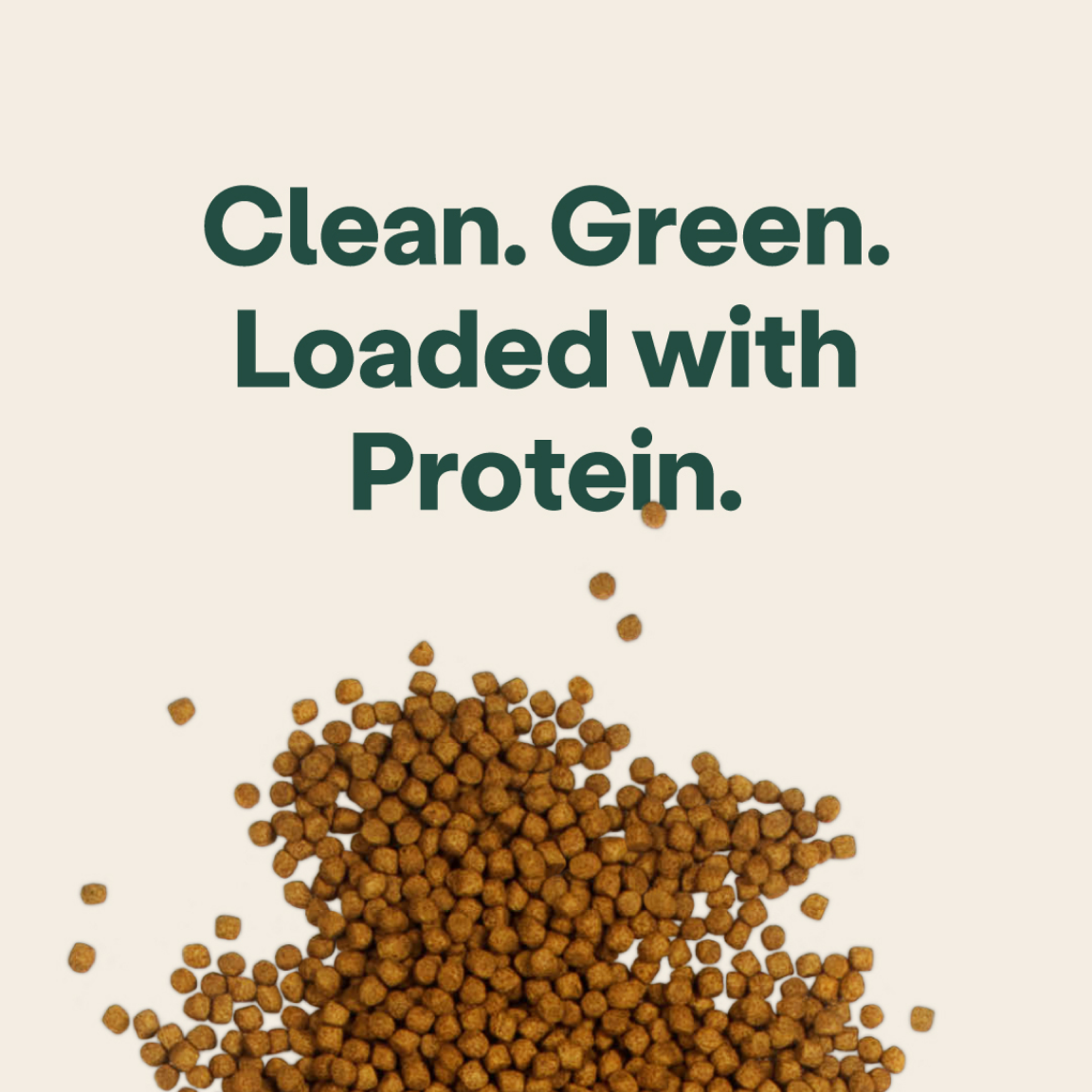
Is The Food You’re Feeding Your Dog Hurting The Planet?
All dog parents want to feed their pet the best food possible. Some are turning to home-cooked meals, others to raw diets, or searching the aisles for human-grade meats. Unfortunately, none of these solutions holds the key to the best meal and meat-heavy dog foods are negatively impacting the environment.
In 2017, Gregory Okin of the University of California Los Angeles, studied the environmental impact of the meat our pets eat. He found that about 25–30% of the environmental impacts from animal production (this includes the impact on land, water, fossil fuel, phosphate, and biocides) can be attributed to the food we give our dogs and cats. Sometimes it’s hard to know exactly what meat is really in pet food - but we know many formulas include poultry (see our other article: 5 stats you need to know about the environmental impact of chicken-based dog food) and beef. Here, we’ll explore the environmental impact of cattle farming.
How big of an industry is cattle farming?
When we’re talking about raising cows for meat, statistics generally include adult cattle and young cows raised for veal. In terms of human consumption, last year in the United States nearly 57 pounds per capita of beef and veal were consumed, according to data from the Organisation for Economic Co-Operation and Development (OECD). Out of the 9 billion animals killed for food every year in the United States alone, 30.6 million are cattle. However, the USDA reports that the total number of cattle and calves in the United States, as of January 1, 2018, totaled 94.4 million.
It’s more difficult to find out exactly what happens to each cow, but the USDA does break down the numbers for cows that have had calves, beef cows, and milk cows. For beef cows specifically, the numbers were 31.7 million, up 2% from the previous year. The USDA also proclaims that, “The United States is the world's largest beef producer and second largest beef exporter, but significant imports of lower-valued processing beef also make it the world's largest beef importer.” So, while millions of cows are being killed every year in the US for food, there are even more around the world who likely are being processed for pet food.
What are the main environmental impacts of cattle farming?
It’s safe to say that the cattle farming industry is massive. With all those statistics about how many cows are raised for meat, comes the fact that each one of those cows is a living animal that eats and produces waste throughout its short life.

Methane and other gas pollution
The Guardian reports that approximately two-thirds of the total amount of methane gas (which accounts for about 16% of global greenhouse emissions) is produced in two ways.
- Leaked during the production and transportation of coal, oil and natural gas
- From the flatulence of ruminants like cattle
“A farm with 2,500 dairy cattle is similar in waste load to a city of 411,000 people. The important difference lies in the fact that human waste is treated before discharge into the environment, but animal waste is either not treated at all or minimally treated by virtue of the storage methods used before disposal,” explains to the Environmental Protection Agency. A 2006 UN report adds that manure from cattle farming produces generates 65% human-related nitrous oxide, which has 296 times the Global Warming Potential than carbon dioxide.
Deforestation and water pollution
All farming cattle needs space to grow, even when unnaturally confined or crowded. Most of the deforestation in the Amazon Basin in recent years is due to cattle farmers who cleared large patches of rainforest to use as pasture, reports Mongabay.com.






































